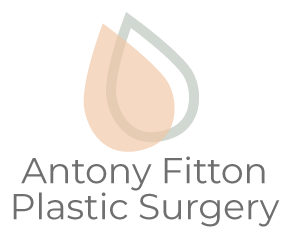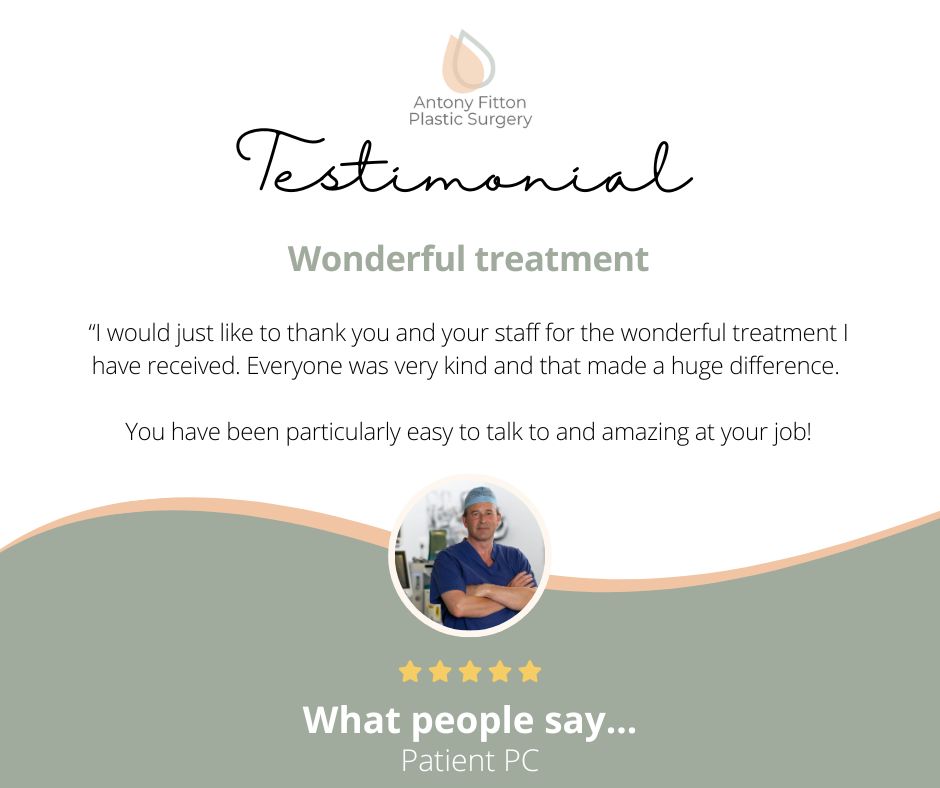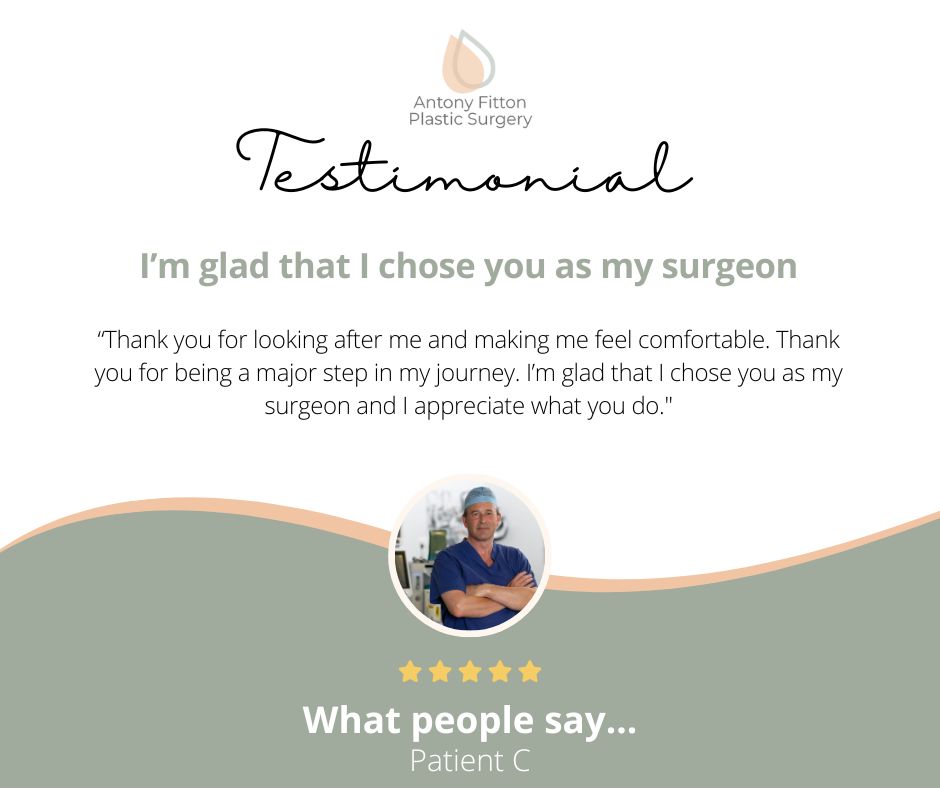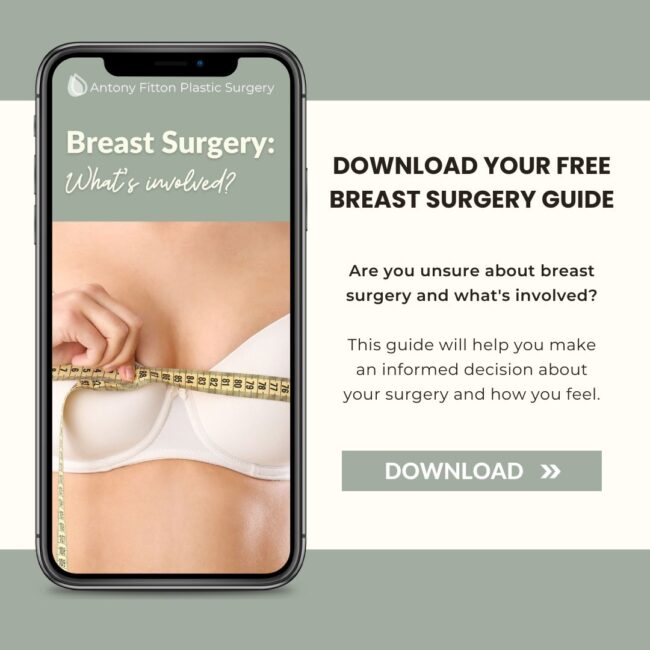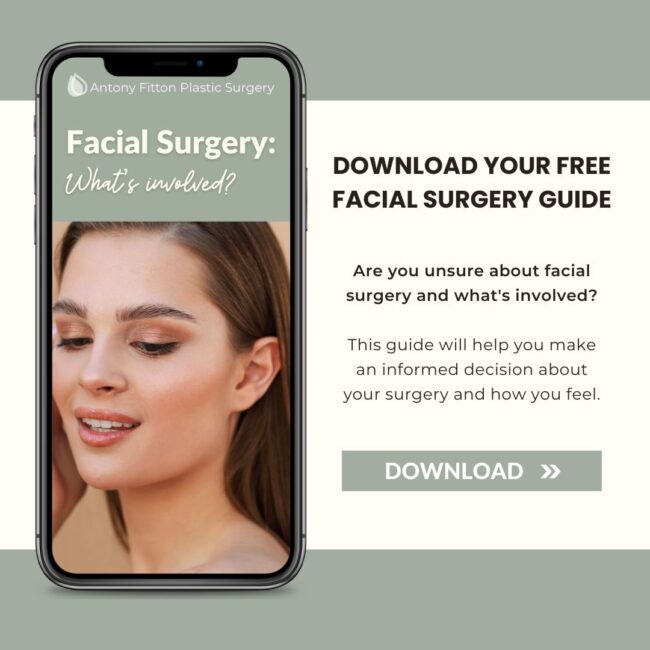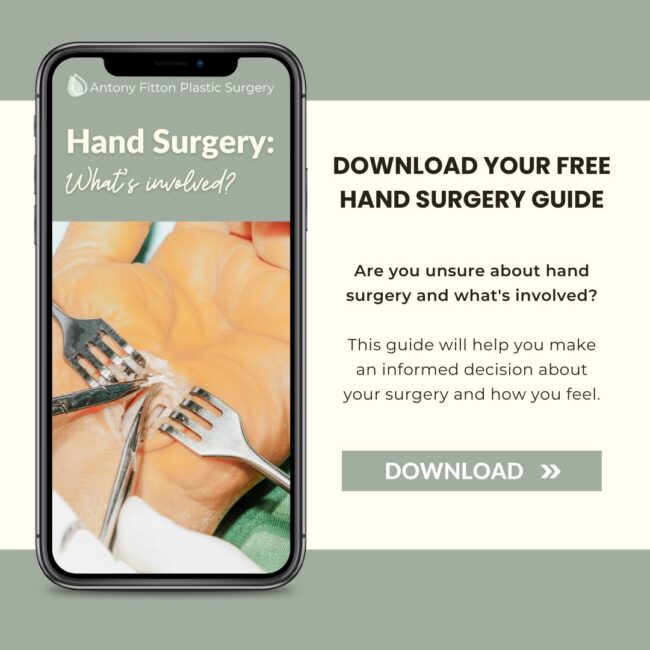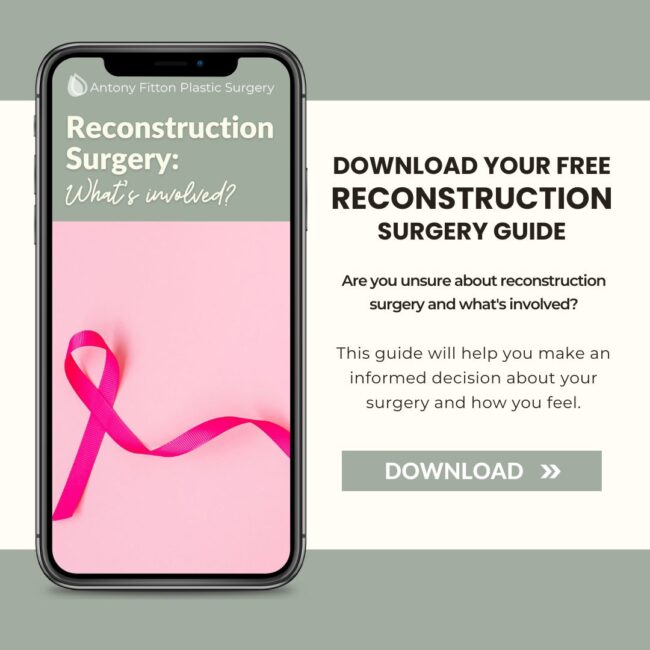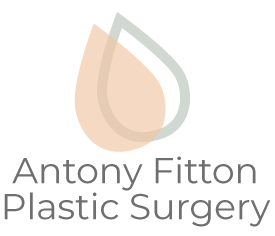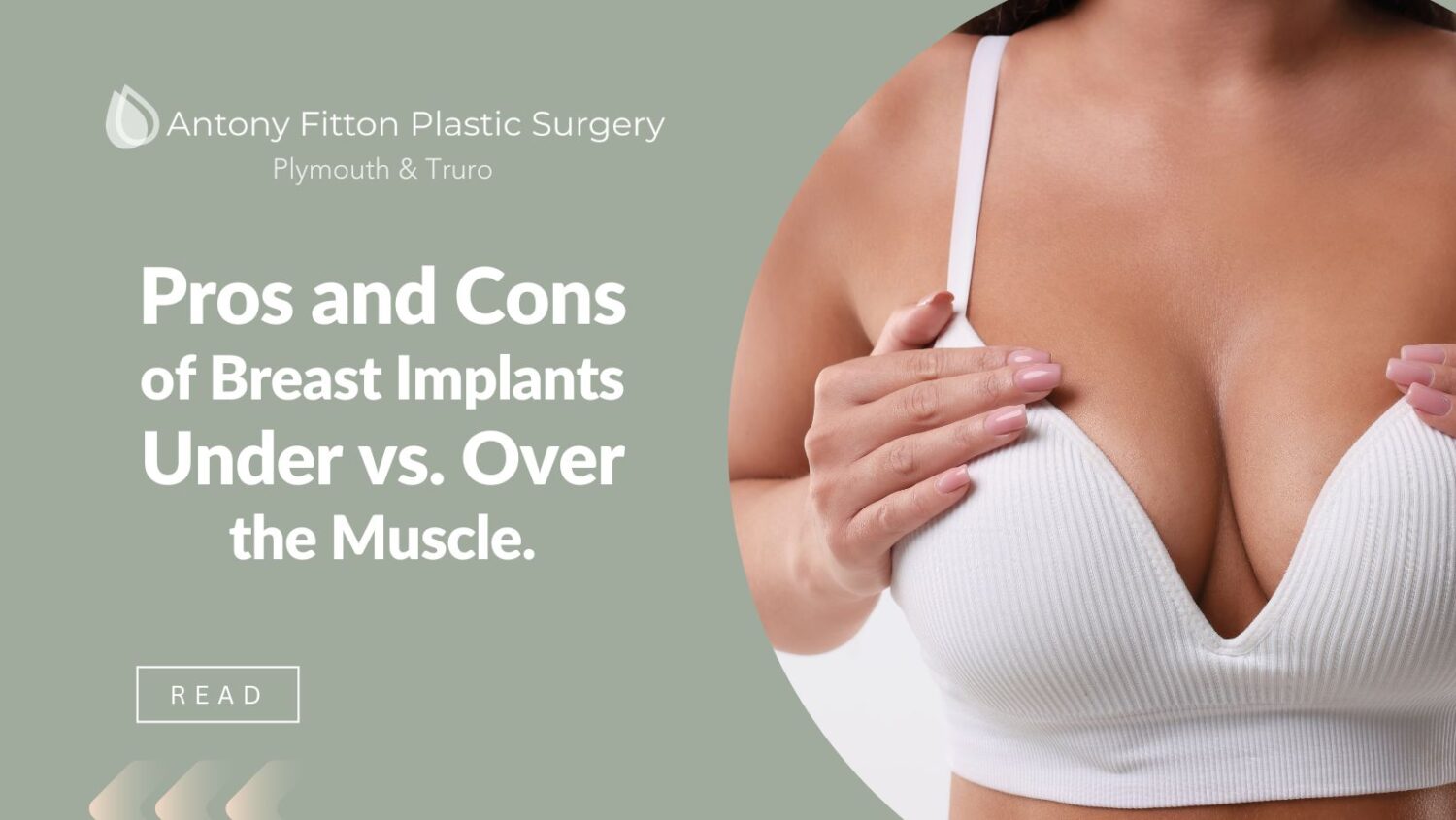
Which is Best? Breast Implants Under The Breast Muscle or Over The Breast Muscle
When considering breast augmentation, one of the pivotal decisions involves choosing the placement of the breast implants: under the muscle (sub-pectoral) or over the muscle (sub-glandular).
This choice can significantly influence the outcome of your cosmetic surgery both aesthetically and physiologically. Understanding the advantages and disadvantages of each implant placement type is crucial to making an informed decision that aligns with your personal goals and expectations. This article aims to clarify these considerations, aiding you on your path toward enhanced confidence and satisfaction.
Understanding Breast Implants
Breast implants are medical devices used in breast augmentation procedures to enhance the size and shape of a woman’s breasts. This plastic surgery is popular amongst individuals seeking to improve their self-image and confidence. The breast implants themselves can vary in type and placement, each offering different benefits and drawbacks. Understanding these variations is pivotal for anyone considering breast augmentation.
Types of Breast Implants
There are primarily two types of breast implants: saline and silicone.
– Saline Implants: Filled with sterile salt water, these implants offer a uniform shape and firmness. In the event of a leak, the saline is safely absorbed by the body. Saline implants are FDA-approved for augmentation in women over 18 years old.
– Silicone Implants: Comprised of silicone gel, they mimic the feel of natural breast tissue more closely than saline. If a leak occurs, the gel may remain within the implant shell or escape into the breast implant pocket. Silicone implants are FDA-approved for augmentation in women aged 22 and older.
Overview of Placement: Under vs. Over the Muscle
The placement of breast implants can significantly influence the surgical outcome and the overall aesthetic. Broadly speaking, implants can be positioned either beneath the pectoral muscle (sub-pectoral) or above it, just behind the breast tissue (sub-glandular).
– Under the Muscle (Sub-pectoral): In this approach, the implant is placed beneath the pectoral chest muscle. This technique provides a more natural appearance, especially in women with minimal breast tissue.
– Over the Muscle (Sub-glandular): Here, the implant is positioned on top of the pectoral muscle, directly behind the breast tissue. This method allows for a less invasive procedure with potentially quicker recovery times.

Breast Implants Under the Muscle
The sub-pectoral placement of breast implants involves specific surgical techniques and offers its own set of advantages and disadvantages.
Surgical Procedure
Sub-pectoral placement is a complex surgical procedure that typically requires general anaesthesia. During the operation, the surgeon creates an incision, commonly under the breast fold, around the areola, or in the armpit. The breast tissue is gently lifted, and the pectoral muscle is elevated to create a pocket for the implant beneath the muscle. The implant is then inserted into this pocket and adjusted for optimal positioning before the incision being closed with sutures.
Advantages
Implants positioned under the muscle offer several benefits:
– Natural Look and Feel: Because the implant is covered by both muscle and breast tissue, it often delivers a more natural contour and feel.
– Reduced Risk of Capsular Contracture: There is a lower incidence of capsular contracture, a condition where scar tissue hardens around the implant.
– Improved Mammogram Readings: With the implant placed beneath the muscle, mammograms can be more accurate because less interference occurs.
– Reduced Rippling: The additional muscle coverage can help in masking any rippling of the implant, particularly in slim individuals with little natural breast tissue.
Disadvantages
However, sub-pectoral placement also involves some downsides:
– Longer Recovery: Recovery time tends to be more extended than for sub-glandular implants, as the surgery is more invasive.
– Potential for Animation Deformity: Movement of the implant when the pectoral muscle contracts can occur, sometimes resulting in distortion of the breast shape.
– Increased Postoperative Pain: Patients may experience more significant pain as the muscle heals.
– Surgical Complexity: The procedure is technically more complex and can require a more experienced surgeon such as Mr Fitton.
Thus, choosing the right placement for breast implants is a crucial decision that should be made in consultation with a qualified cosmetic surgeon, taking into account the individual’s anatomy, lifestyle, and aesthetic goals.

Breast Implants Over the Muscle
Breast implants placed over the pectoral muscle, also known as sub-glandular placement, involve positioning the implant directly beneath the mammary gland but above the chest muscle. This option offers distinctive benefits and drawbacks that potential candidates should consider carefully.
Surgical Procedure
The surgical process for breast implants over the muscle entails creating an incision, typically placed around the areola, in the armpit, or under the breast fold. Through this incision, the surgeon creates a pocket on top of the pectoral muscle but beneath the breast tissue. The implant is then inserted into this pocket. This approach usually results in a shorter and potentially less complicated surgery compared to submuscular placement.
Advantages
– Quicker Recovery: One of the significant advantages of this placement is a generally faster and less painful recovery period compared to submuscular implants.
– Natural Contour for Certain Body Types: Individuals with sufficient breast tissue may achieve a more natural look, as the existing breast tissue can better mask the implant’s shape and edges.
– Reduced Animation Deformity: Patients may also experience less movement of the implants during muscle contraction, avoiding the phenomenon known as “animation deformity.”
– Shorter Surgery Duration: The surgical procedure tends to be quicker, reducing the overall time spent under anaesthesia.
Disadvantages
– Higher Risk of Capsular Contracture: There is an increased risk of capsular contracture, a condition where scar tissue forms tightly around the implant.
– Visibility and Palpability: For individuals with minimal natural breast tissue, the implant edges may become more visible or palpable, creating a less natural appearance.
– Potential for Drooping: Over time, implants placed over the muscle may follow the natural descent of the breast, possibly leading to sagging.
Factors to Consider When Choosing Breast Implant Placement
Choosing the right placement for breast implants is a crucial step that should be made with careful thought and professional guidance. Several factors play a significant role in determining the most suitable option for each individual.
Personal Goals and Preferences
Every person seeking breast augmentation will have unique aesthetic desires and outcomes. Some may prioritise a natural silhouette, while others might prefer a more pronounced enhancement. Additionally, the individual’s lifestyle, including preferences for physical activity and clothing styles, can influence the decision. Women involved in highly physical activities, for example, might favour submuscular placement to mitigate movement impact.
Consultation with a Surgeon
Consulting with a qualified cosmetic surgeon is indispensable in the decision-making process. A surgeon can assess a patient’s anatomy, medical history, and desired results to recommend the most suitable placement. During the consultation, visual aids such as before-and-after photos and 3D imaging can provide further insight into anticipated outcomes. Open communication regarding concerns and expectations will result in a more tailored surgical plan.
Recovery and Lifestyle Impact
The recovery process and lifestyle aspects must also be considered when choosing implant placement. Subglandular implants often necessitate a shorter downtime, appealing to individuals seeking a quicker return to daily activities. However, individuals should be prepared for occasional re-evaluation of the implants due to changes in body weight or the natural ageing process affecting the breast tissue. It is essential to prepare for regular check-ups to ensure long-term satisfaction and health.
Selecting the optimal breast implant placement requires careful consideration of several personal and medical factors. Engaging with a knowledgeable surgeon and reflecting on individual goals will facilitate a decision that aligns with both aesthetic desires and lifestyle circumstances.
Next Steps
Choosing the right method for breast augmentation is a highly personal decision that should be made after thorough consideration and consultation with a qualified plastic surgeon such as Mr Fitton. Here are some next steps to guide you through the process:
- Research Thoroughly: Gather information on both under and over the muscle implant procedures. Understand the risks, benefits, and recovery processes involved.
- Consult a Professional: Schedule a consultation with a reputable plastic surgeon, such as Antony Fitton, to discuss your goals, concerns, and desired outcomes. This is an opportunity to ask questions and receive professional advice tailored to your individual needs.
- Evaluate Your Lifestyle: Consider how each option fits with your lifestyle and long-term plans, including any future pregnancies or changes in physical activity.
- Consider Recovery Time: Understand the likely recovery period for each procedure, as this can impact your choice depending on your personal and professional commitments.
- Reflect on Personal Preference: Think about which option aligns best with your aesthetic goals and body image.
- Research Thoroughly: Gather information on both under and over the muscle implant procedures. Understand the risks, benefits, and recovery processes involved.
By taking these steps, you can make an informed decision that aligns with your personal desires and health considerations.
Plastic surgery can be a life-changing decision, offering both cosmetic and functional benefits.
However, it is crucial to have accurate information and realistic expectations. Consulting with a certified and experienced plastic surgeon is the best course of action to ensure you receive personalised advice and clear answers to any queries.
– Educate Yourself: Research procedures thoroughly.
– Prepare for Recovery: Understand the time and effort needed for healing.
– Prioritise Your Safety: Choose reputable clinics and experienced professionals.
Ultimately, informed decision-making plays a vital role in achieving satisfactory results in any cosmetic procedure.
For a no-obligation quote
For a no-obligation quote, tailored specifically to you, please book in for your consultation with Mr Fitton. Your requirements will be discussed in full confidence in a friendly and relaxed atmosphere.
Following your consultation, the price you are quoted includes everything and there are no extra or hidden costs. Advice, treatment and aftercare are all part of our package to ensure your experience is positive from beginning to end.
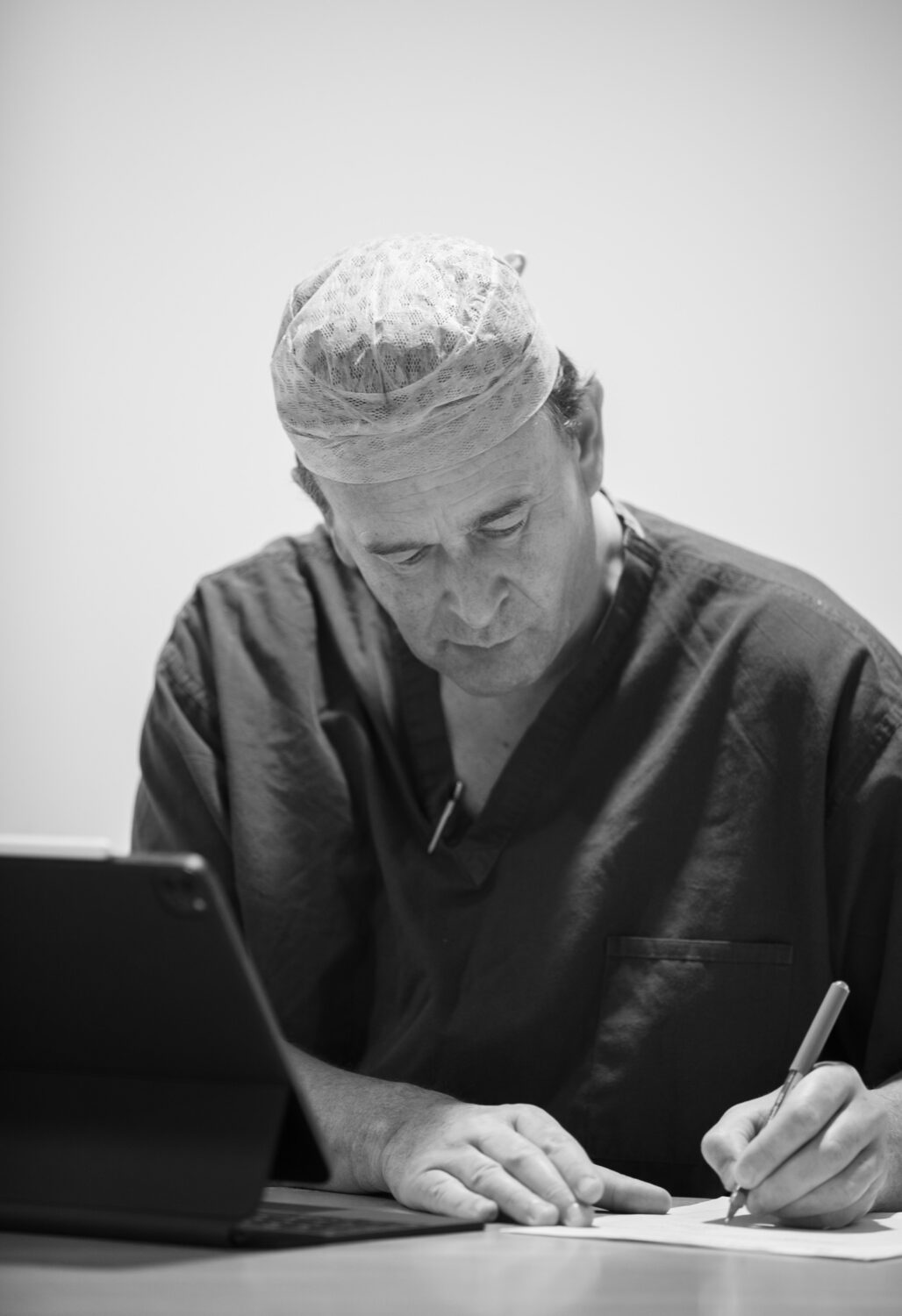
About your Plastic Surgeon: Mr Antony Fitton
MB, BS(hons)., MD., FRCS(eng)., FRCS(plast).
Mr Antony Fitton qualified at the Royal London Hospital in 1989 with distinction in Surgery. He holds an MB, BS(Hons)., MD., FRCS(eng). and FRCS(plast). (Fellowship at the Royal College of Surgeons).
He is a member of BAPRAS (British Association for Plastic, Reconstructive and Aesthetic Surgeons), BAAPS (British Association for Aesthetic Plastic Surgeons), and BSSH (British Society for Surgery of the Hand).
Mr Fitton has received the Paton & Masser Award and the CM Matthews Award from the Royal College of Surgeons of England for his research in nerve injury.
Mr Fitton is licensed as a Plastic and Reconstructive Surgeon by the GMC.

- 0% Finance Available
- Consultations and treatments are available at either the Nuffield Health Hospital, Plymouth or the Duchy Hospital, Truro
- Care Quality Commission Regulated
- GMC Specialist Registered Surgeon
- BAPRAS, BAAPS and BSSH member
- Registered MD
Life-changing result
"I just wanted to thank you (and your team) for the life-changing result of my top surgery. This will provide me with the freedom that I’m excited to enjoy, including being able to go swimming and actually staying cool in summer! All jokes aside, you have helped to mark a new chapter in my life, for which I am incredibly grateful… ALL the best."
Our appearance has an impact on how others perceive us. We are experts in creating an improved version of you. You can click on the procedure below for more information.
Body surgery (or contouring) can involve all or one of the following, with a prime focus on areas such as the buttocks, tummy, thighs, arms, and breasts. Click on the links below for more information.
There are several different types of hand surgery but all aim to restore functionality while making the hand look as normal as possible. Click on the links below for more information.
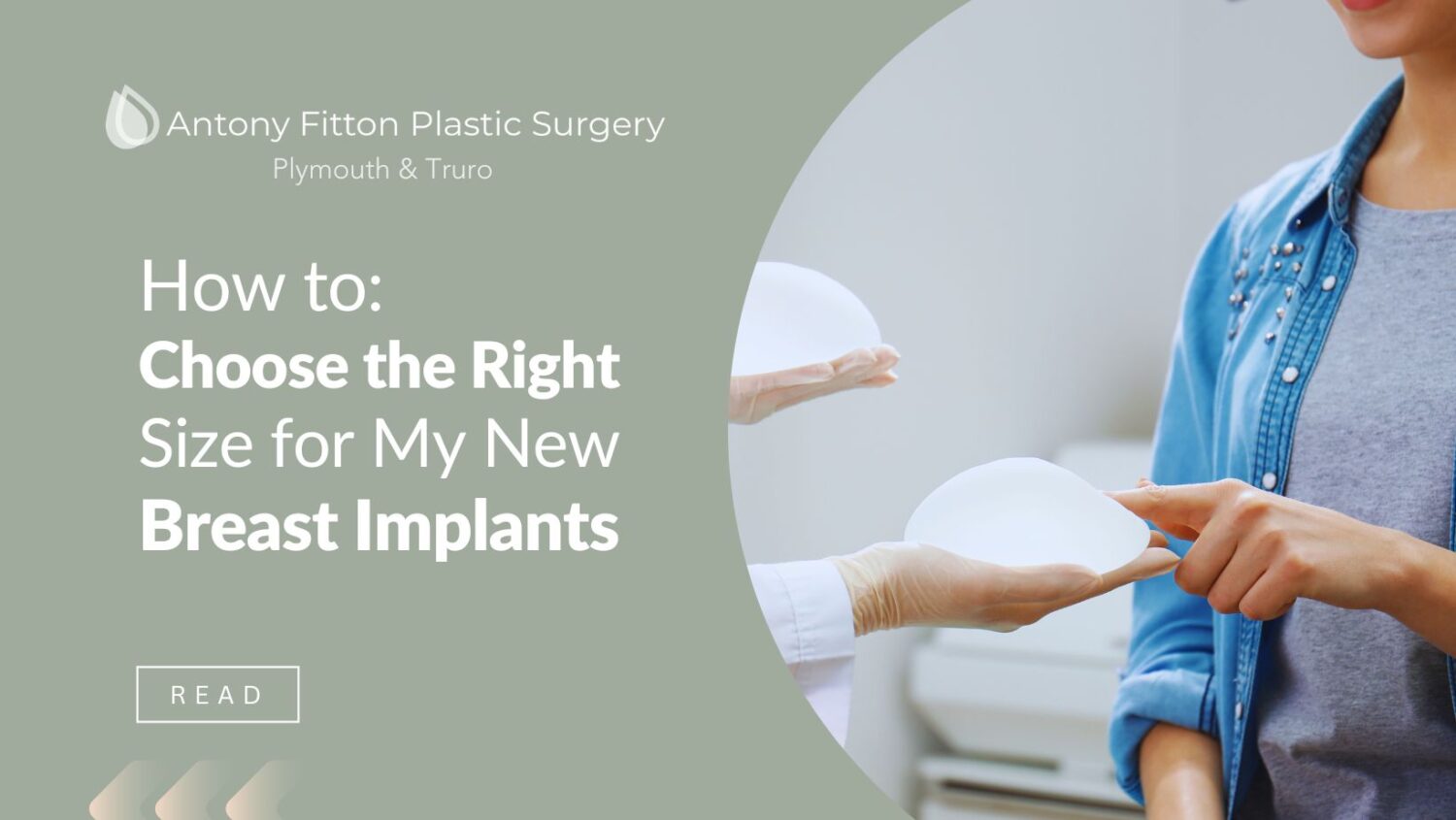
How to Choose the Right Size for My New Breast Implants
Discover the key factors to consider for the perfect breast implant size so you achieve your desired
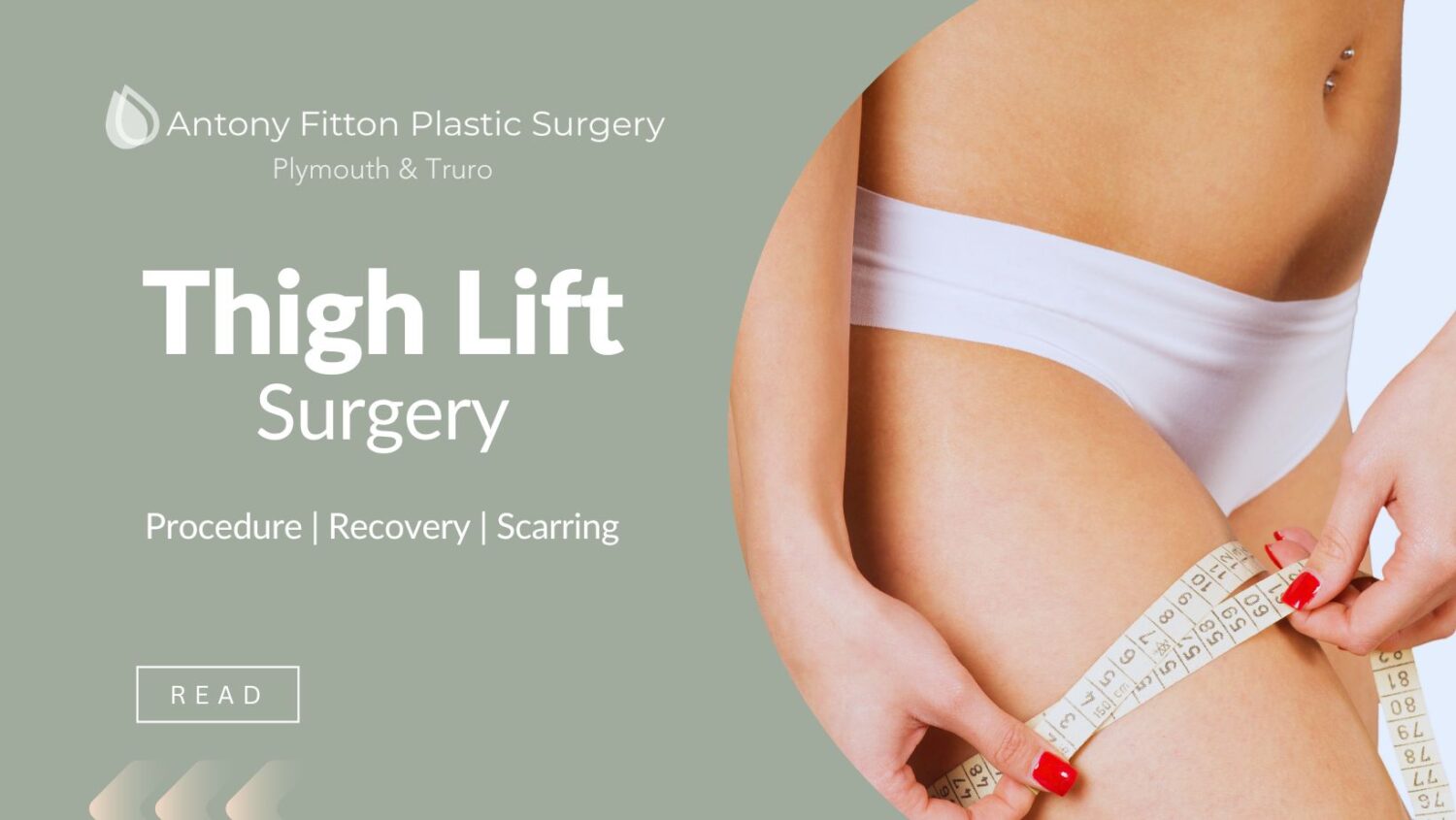
Thigh Lift Surgery: the procedure, recovery, and scarring
Thigh Lift Surgery: Everything you need to know about the procedure, recovery, and scarring. Expert
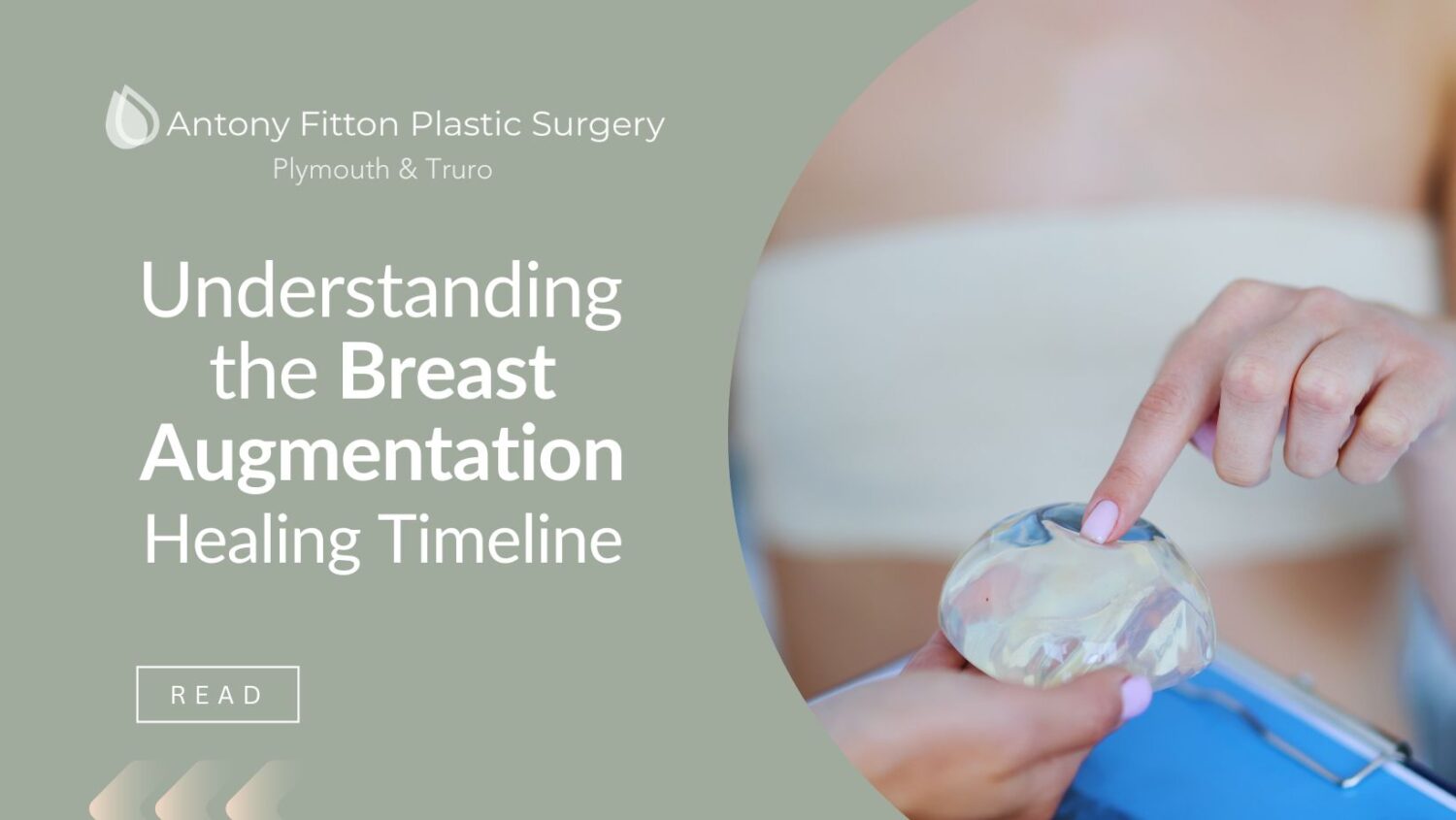
Breast Augmentation Healing Timeline: What to Expect
Gain insights into each stage of the recovery process and understand the importance of post-surgery



